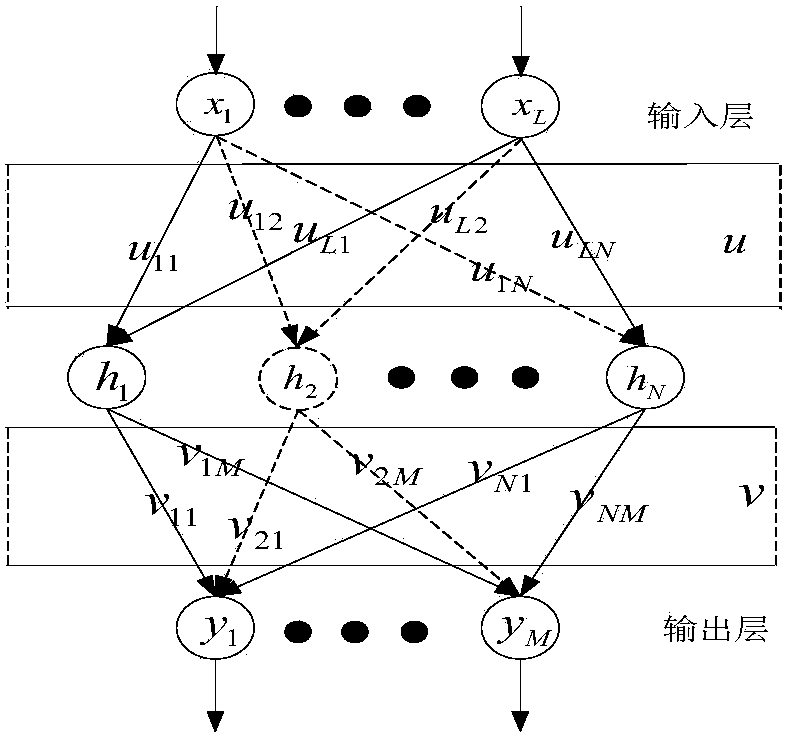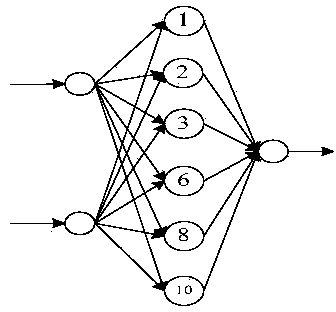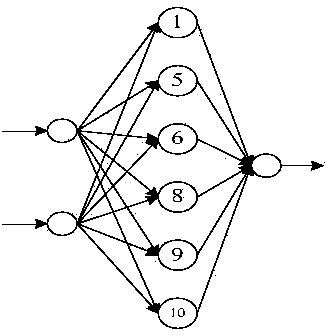Adaptive dynamic cooperative particle swarm optimization method for feed-forward network
A technology of particle swarm optimization and feed-forward network, which is applied to biological neural network models, instruments, character and pattern recognition, etc., can solve the problems of insufficient network generalization ability and falling into local extremum, so as to enhance local search ability and strengthen The effect of development, improvement of network learning ability and recognition ability
- Summary
- Abstract
- Description
- Claims
- Application Information
AI Technical Summary
Problems solved by technology
Method used
Image
Examples
Embodiment 1
[0034] In order to improve the network learning ability and recognition ability, the present invention designs an objective function that can realize the unity of network learning and recognition from the network structure, objective function and network optimization algorithm, and uses it as a "baton" to adopt a The improved particle swarm optimization algorithm realizes simultaneous optimization of network structure and weights, enabling the network to quickly summarize the internal laws of all samples from the learning samples, thereby improving the network's learning ability and recognition ability.
[0035] 1 Particle swarm optimization of feedforward network
[0036] 1.1 Basic PSO algorithm
[0037] Particle swarm algorithm is the particle to its own experience P i and group experience P g Continuous learning to achieve optimization in the solution space. Suppose the position of the i-th particle in the particle swarm in the d-dimensional space is x i =(x i1 , x i2 ,...
PUM
 Login to View More
Login to View More Abstract
Description
Claims
Application Information
 Login to View More
Login to View More - R&D
- Intellectual Property
- Life Sciences
- Materials
- Tech Scout
- Unparalleled Data Quality
- Higher Quality Content
- 60% Fewer Hallucinations
Browse by: Latest US Patents, China's latest patents, Technical Efficacy Thesaurus, Application Domain, Technology Topic, Popular Technical Reports.
© 2025 PatSnap. All rights reserved.Legal|Privacy policy|Modern Slavery Act Transparency Statement|Sitemap|About US| Contact US: help@patsnap.com



